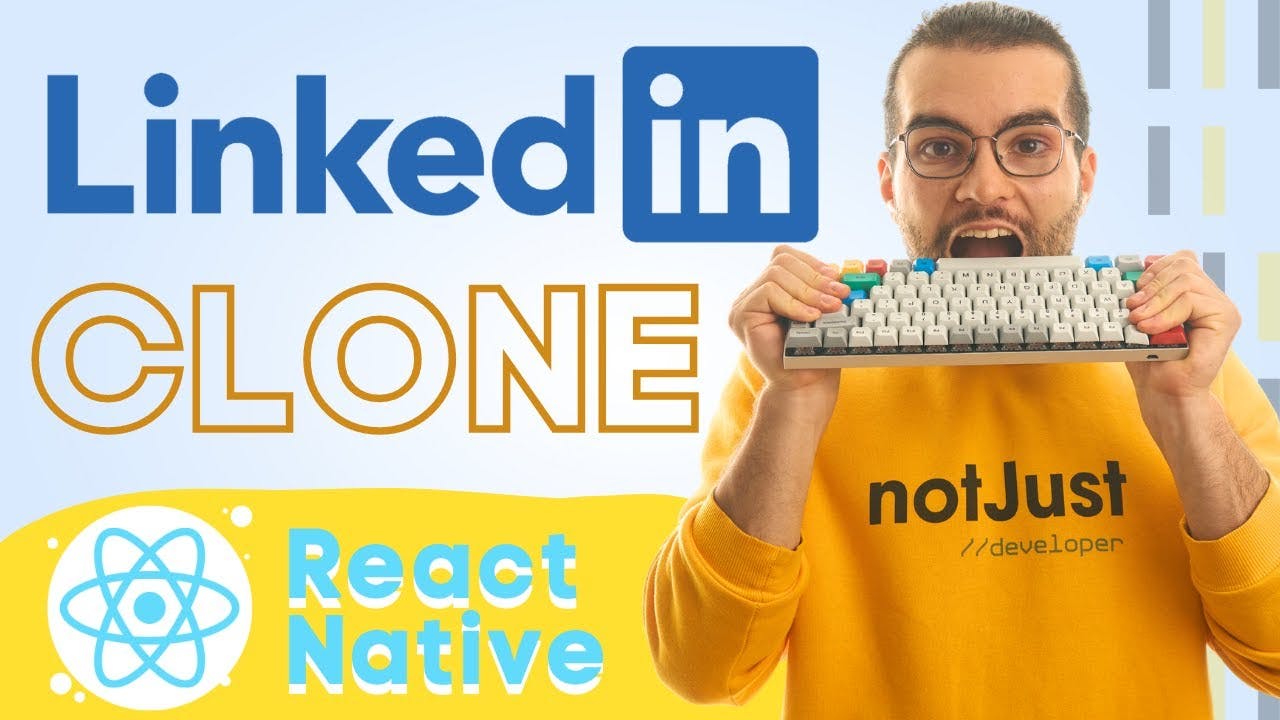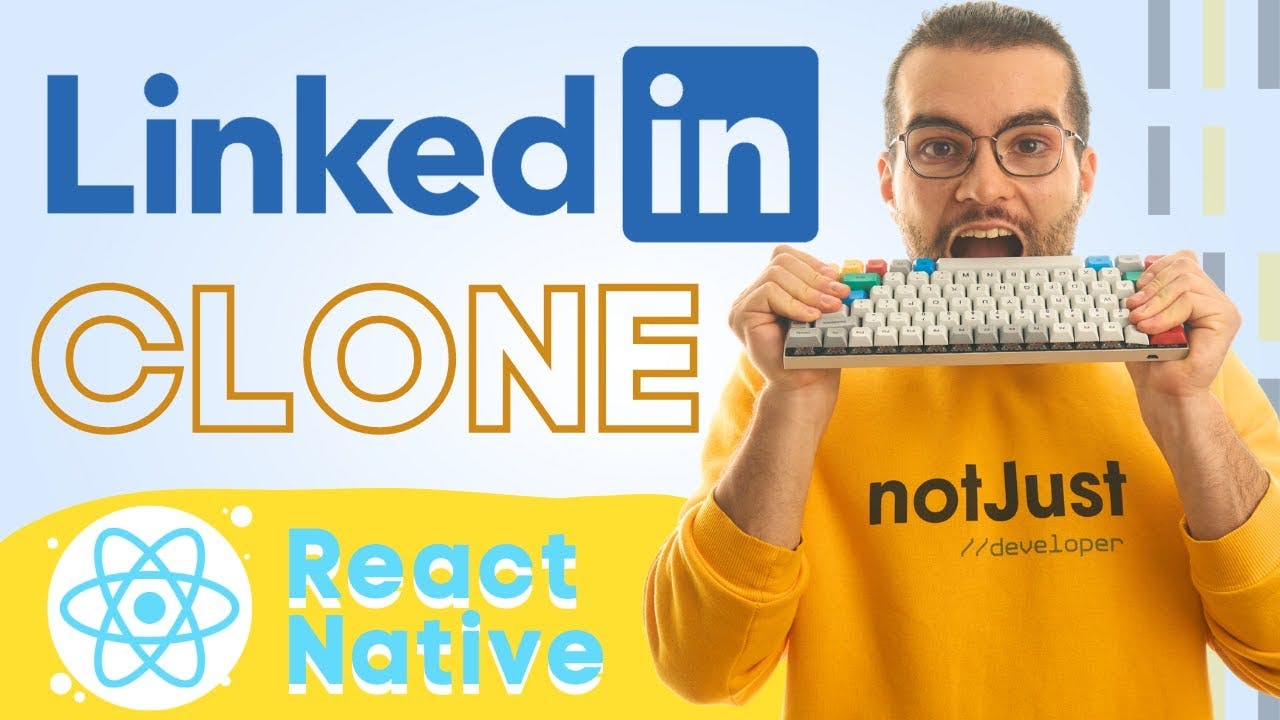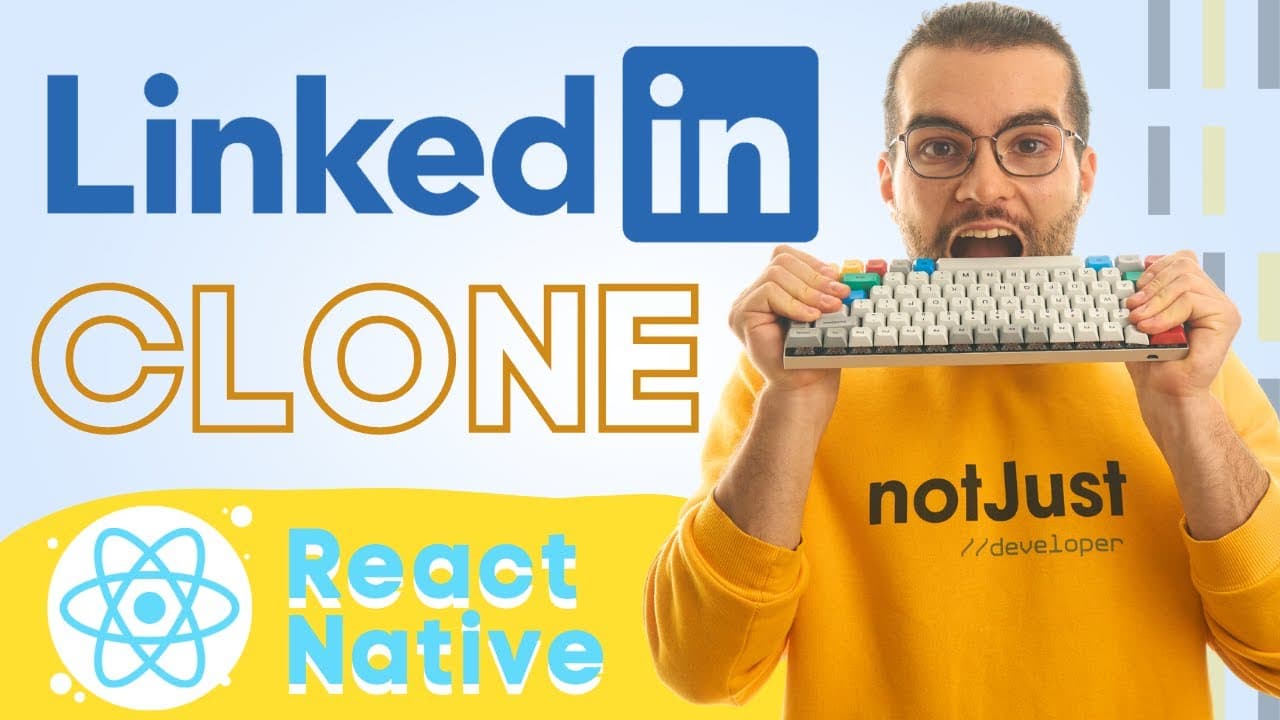Introduction
Have you ever wondered how professional networks like LinkedIn handle massive amounts of data, build complex user relationships, and manage real-time updates? In this tutorial series, we’ll show you how to create your very own LinkedIn clone, using React Native, Expo, PostgreSQL, and StepZen for a robust and efficient GraphQL API.
Why Build a LinkedIn Clone?
Building a LinkedIn clone is going to offer you valuable insights into both front-end and back-end development while working on a project with real-world applications. Here’s why you should dive in:
- Practical Experience: Gain hands-on experience with fullstack development and modern tools.
- Master GraphQL: Learn how to build flexible and efficient APIs using GraphQL and StepZen.
- Portfolio Enhancement: This project is an impressive addition to your developer portfolio.
- Learn about Databases: Understand how to manage large datasets using PostgreSQL.
What Will You Learn?
Part 1: Building the Frontend
In the first part of this tutorial, we will focus entirely on the frontend. You'll build a beautiful and responsive interface with React Native and Expo, setting the foundation for your LinkedIn clone’s user experience. By the end of this part, your app will be ready to display user profiles, feeds, and interactions.
- React Native & Expo Setup: Learn to set up your development environment and create an optimized mobile UI.
- Responsive Design: Ensure your app looks great on both iOS and Android devices.
- User Profile UI: Design and build user profile pages, including sections for job titles, experiences, and connections.
Watch Part 1 here to start building the frontend.
Part 2: Implementing the Backend
In the second part, we dive into the backend, integrating your app with PostgreSQL and StepZen to manage data and APIs efficiently. You’ll add key features like user authentication, profiles, and real-time updates through GraphQL.
- PostgreSQL Integration: Learn how to set up and interact with your database to store user data, profiles, posts, and connections.
- StepZen & GraphQL API: Build a powerful GraphQL API to handle requests between your app’s frontend and backend, making your app highly scalable and efficient.
- Real-Time Notifications: Use GraphQL subscriptions to deliver instant updates and notifications to users.
Watch Part 2 here to integrate the backend.
Step-by-step Guide
To make your learning experience smoother, we’ve created step-by-step guides for the two parts of this series.
Part 1 Part 2Why Use StepZen?
StepZen simplifies the process of building a GraphQL API, allowing you to connect multiple data sources with less code. It’s a game-changer for developers looking to build scalable and efficient APIs. By signing up for a free account here, you’ll save time and reduce complexity when building your LinkedIn clone.
Get Started Today!
This series will guide you through every stage of the project, starting with the frontend in React Native and Expo, and then integrating the backend with StepZen and PostgreSQL. You’ll gain hands-on experience with both mobile development and API creation.
Ready to build your own LinkedIn clone? Open the step-by-step guides down below and the YouTube videos in a new tab and let’s build something amazing!
Episodes

LinkedIn GraphQL backend with StepZen and PostgreSQL
Build a highly scalable GraphQL API for the LinkedIn clone using StepZen and PostgreSQL

LinkedIn UI with React Native
Build the User Interface of LinkedIn application in React Native using Expo and Expo Router.



